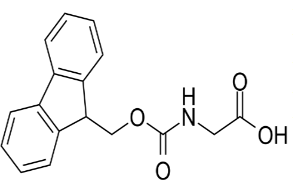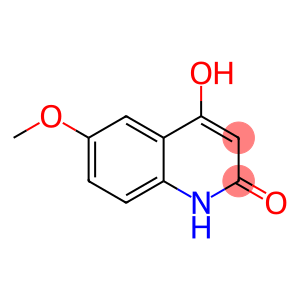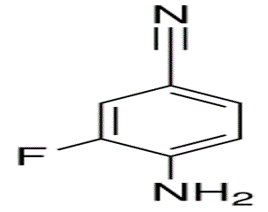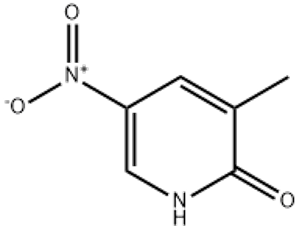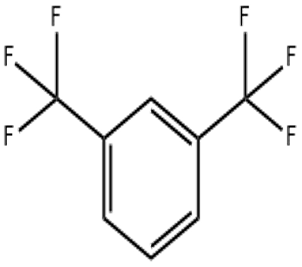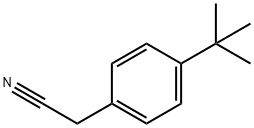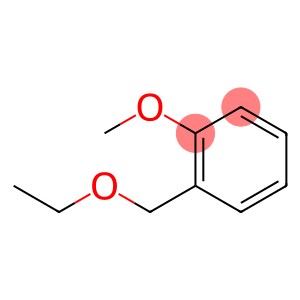FMOC-Glycine(CAS# 29022-11-5)
| Hazard Symbols | Xi – Irritant |
| Risk Codes | 36/37/38 – Irritating to eyes, respiratory system and skin. |
| Safety Description | S24/25 – Avoid contact with skin and eyes. S36 – Wear suitable protective clothing. S26 – In case of contact with eyes, rinse immediately with plenty of water and seek medical advice. |
| WGK Germany | 3 |
| HS Code | 29242995 |
Introduction
N-Fmoc-glycine is an important amino acid derivative, and its chemical name is N-(9H-fluoroeidone-2-oxo)-glycine. The following is an introduction to the properties, uses, preparation methods and safety information of N-Fmoc-glycine:
Quality:
- Appearance: White or off-white solid
- Solubility: Soluble in organic solvents such as dimethyl sulfoxide (DMSO) and methylene chloride, slightly soluble in alcohol, almost insoluble in water.
Use:
N-Fmoc-glycine is mainly used for peptide synthesis in solid-phase synthesis (SPPS). As a protected amino acid, it is added to the polypeptide chain by solid-phase synthesis, and finally the target peptide is obtained by the reaction of deprotecting groups.
Method:
The preparation of N-Fmoc-glycine is usually done by chemical reactions. Glycine is reacted with N-fluorophenyl methyl alcohol and a base (e.g., triethylamine) to produce N-fluorophenylmethyl-glycine hydrochloride. Then, the hydrochloric acid is removed by some kind of deacidifier, such as dimethyl sulfoxide or sec-butanol, to give N-Fmoc-glycine.
Safety Information:
N-Fmoc-Glycine is relatively safe under normal operating conditions
- Please wear appropriate personal protective equipment such as lab gloves and eye protection.
- Avoid inhalation or contact with skin and eyes.
- Follow all relevant safety regulations and laboratory protocols when storing and handling.
- Pay attention to the accumulation of ignition and static electricity during the handling process to prevent the risk of fire and explosion.
- Proper disposal of waste in accordance with the storage and disposal requirements of the substance.


